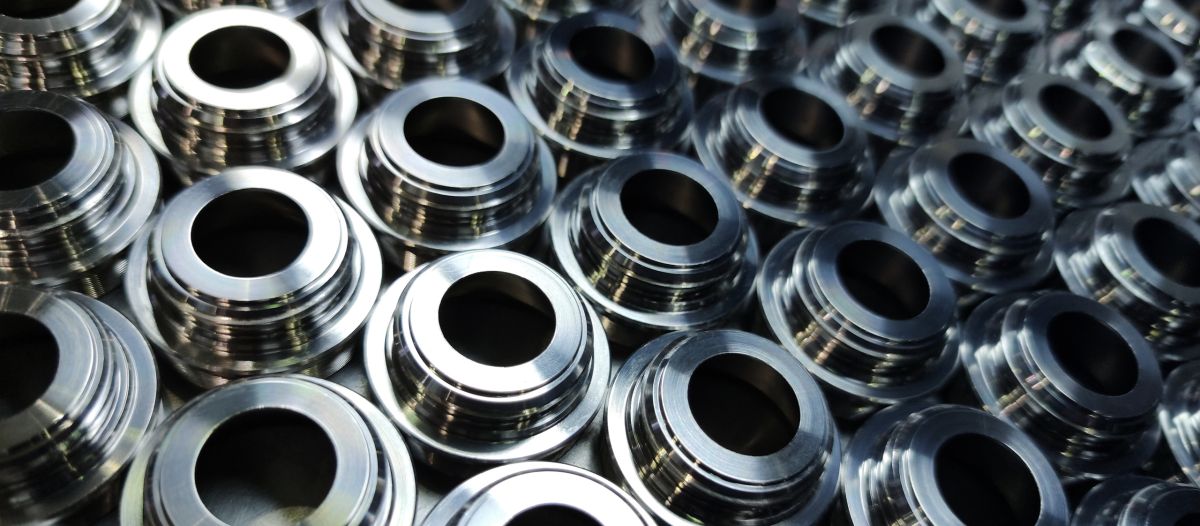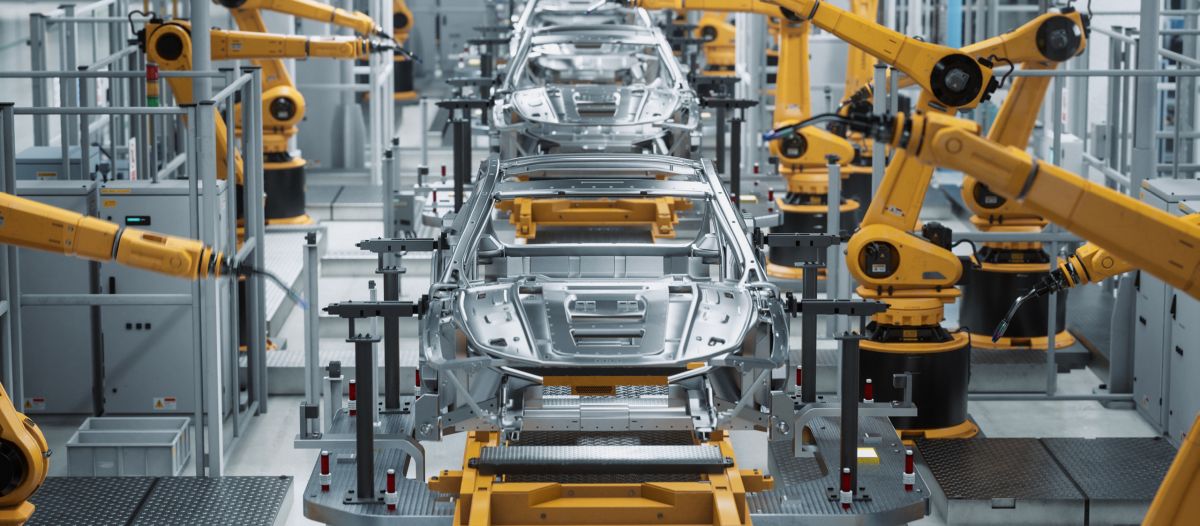This blog post sheds light on the importance of degreasing metal parts. Whether you are a professional in the manufacturing industry, understanding how to properly degrease metal is essential for maintaining the integrity and performance of your equipment.
Table of Contents
What is degreasing?
Degreasing is the process of removing grease, oil, and other contaminants from the surface of metal parts. Metal degreasing, specifically, refers to the cleaning of metal components to eliminate any residue that could inhibit their performance or longevity.
Why degreasing is essential for metal parts
Grease and oil buildup on metal parts can have detrimental effects on their performance and durability. Not only can these contaminants cause parts to operate less efficiently, but they can also lead to corrosion over time. Proper degreasing ensures that metal components are clean and free from these harmful substances, allowing them to function optimally and last longer.

Types of metals and their degreasing needs
Different types of metals have varying degreasing requirements based on their composition and intended use. For example, stainless steel, aluminum, and copper each require specific cleaning methods to effectively remove grease and oil without damaging the metal surface. It is important to identify the type of metal you are working with and utilize the appropriate degreasing technique to ensure the best results.
Degreasing steel
Degreasing steel parts can present specific challenges due to the material’s susceptibility to corrosion and contamination. To effectively clean steel components, it is essential to use degreasing techniques that are strong enough to remove grease and oil, yet gentle enough to damage the metal surface. Common methods for degreasing steel include using alkaline cleaners, solvent cleaners, or ultrasonic cleaners. These methods are effective in removing contaminants from steel parts, ensuring they are clean and ready for use.
Degreasing aluminum
Aluminum parts also require special attention when it comes to degreasing, as the metal is prone to oxidation and can be easily damaged by harsh chemicals. When degreasing aluminum, it is important to use non-corrosive cleaners and avoid prolonged exposure to acidic or alkaline solutions. Techniques such as steam cleaning, solvent degreasing, or using alkaline cleaners are commonly used to remove grease and oil from aluminum without causing damage.

Methods for degreasing metal parts
There are two primary methods for degreasing metal parts: water-based degreasing and solvent degreasing. Water-based degreasing involves using water and biodegradable detergents to remove grease and oil from metal surfaces. This method is eco-conscious and safe to use, making it a popular choice for many industries. Solvent degreasing, on the other hand, involves using chemical solvents to dissolve and remove contaminants from metal parts. While effective, solvent degreasing can be hazardous and should be used with caution.
Advantages and applications of water-based degreasing has many advantages over solvent degreasing, including lower environmental impact, reduced health risks for workers, and cost-effectiveness. Water-based degreasers are versatile and can be used on a wide range of metals, making them a popular choice for many industries. They are also safe to use and dispose of, making them a sustainable option for degreasing metal parts.
Read more about our water-based degreasing products
Degreasing techniques for specific metal components
Degreasing steel surfaces for welding or coating: When preparing steel surfaces for welding or coating, it is crucial to ensure that the metal is thoroughly cleaned and free from grease or oil. For optimal results, degreasing steel surfaces can be done using solvent-based cleaner or a water-based cleaner. These products effectively remove contaminants and leave the steel surface clean and ready for further processing. It is important to follow manufacturer instructions and safety guidelines when using these chemicals to prevent any damage to the metal.
Degreasing Aluminum engine parts: Aluminum engine parts are particularly sensitive to grease and oil buildup, as these contaminants can affect engine performance and longevity. When degreasing aluminum engine parts, it is recommended to use a mild solvent or water-based degreaser that is safe for use on aluminum surfaces. Avoid harsh chemicals that can corrode or damage the aluminum. It is also beneficial to rinse the parts thoroughly after degreasing to ensure all residue is removed.
Metal degreasing the DST way
We’ve done it before. Actually, we have helped professionals like you bring new life to machines since 1987.
Best practices for effective degreasing
Best practices for effective degreasing: To achieve effective degreasing results, it is important to follow best practices and guidelines. When selecting a degreaser, consider the compatibility of the product with the specific metal component you are cleaning. Different metals may require different degreasing agents to ensure optimal result. Additionally, always use the appropriate cleaning equipment, such as brushes or cloths, to effectively remove grease and oil from metal surfaces. Post-degreasing inspection is also crucial to ensure that all contaminants have been successfully removed before proceeding with further processing or assembly.
Selecting the right degreaser based on metal compatibility: Choosing the right degreaser for metal components is essential to achieve effective cleaning results: Consider the type of metal you are working with and select a degreaser that is compatible with the material. Water-based degreasers are safe and versatile for use on a wide range of metals, while solvent-based degreasers may be effective for certain applications. Always refer to product labels and manufacturer recommendations when selecting a degreaser to ensure compatibility and optimal performance.
Recommendations for cleaning equipment and post degreasing inspection: After degreasing metal components, it is important to clean properly to maintain your degreasing equipment to ensure its longevity and effectiveness. Conduct post degreasing inspections to verify that all contaminants have been removed and that the metal parts are clean and ready for use. This step is crucial for ensuring the quality and performance of the finished product.
Read more about our industrial degreasing in the manufacturing process
Questions & Answers
What is degreasing?
Degreasing is the process of removing grease, oil, and other contaminants from metal surfaces to ensure cleanliness and prevent corrosion or damage to the material.
How do you degrease metal?
Metal can be degreased using various methods, including solvent-based or water-based cleaners. It is essential to select a degreaser that is compatible with the specific metal component you are cleaning for optimal results and it is also important that it follows environmental standards.
What can I use as a degreaser on metal?
You can use a variety of degreasers on metal surfaces, including water-based degreasing It is essential to select a degreaser that is compatible with the specific metal component you are cleaning for optimal results.
Nick Bjerregaard
International Process & Technical Manager
Technical Manager at DST-CHEMICALS: 20 years of chemical industry experience, driving innovation, efficiency, and environmental sustainability.
Environmental, social and governance
At DST-CHEMICALS, sustainability is at the heart of everything we do. We engaged with key stakeholders, including our team of suppliers, to ensure we focused on what truly mattered. Ready to see the full picture? Keep an eye out for our ESG report, where we share the next steps in our journey to sustainability.



